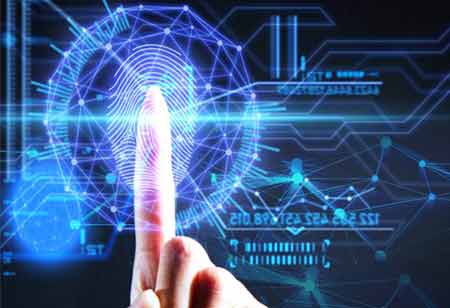THANK YOU FOR SUBSCRIBING
The Power of Deep Learning in Fostering AI-Driven World
Deep learning is a transformative subset of machine learning and is the driving force behind numerous AI innovations seamlessly integrated into our daily lives.

By
Apac CIOOutlook | Friday, September 15, 2023
Stay ahead of the industry with exclusive feature stories on the top companies, expert insights and the latest news delivered straight to your inbox. Subscribe today.
Deep learning, a subset of AI, powers innovations like voice assistants and recommendation systems. It mimics human learning, demands data and GPUs, and fuels industries like healthcare and autonomous driving.
FREMONT, CA: Deep learning is a transformative subset of machine learning and is the driving force behind numerous AI innovations seamlessly integrated into our daily lives. It powers the remarkable capabilities of Netflix's recommendation system and the responsiveness of voice assistants like Siri.
Deep learning empowers computers to mimic the process of human cognition when dealing with data. It's the magic behind innovations such as autonomous vehicles, hands-free smart speakers, and flawless voice recognition in smartphones, tablets, TVs, and smartwatches. Deep learning is the unseen hand guiding these technological marvels.
The core of deep learning lies in instructing computers to interpret raw data, be it images, text, or sound, directly. It leverages neural networks, which draw inspiration from the intricate layers of the human brain. These multi-layered networks enable deep learning models to achieve unparalleled accuracy, often surpassing human capabilities.
Realising the potential of deep learning requires substantial computational power and extensive labelled datasets. High-performance GPUs are the preferred hardware, and when combined with clusters or cloud computing, they can reduce training times from weeks to certain hours.
Neural networks are the heart of deep learning, consisting of interconnected nodes organised into multiple layers. These networks can encompass tens or even hundreds of hidden layers. Transfer learning is a key technique where pre-trained models are fine-tuned for specific tasks, making them highly accurate.
One remarkable trait of deep learning models is their ability to continuously improve with increasing data volumes. As they train on larger datasets, their performance steadily enhances. Industries ranging from healthcare and automated driving to aerospace, defence, electronics, and industrial automation have harnessed this technology to streamline their operations.
Everyday examples of deep learning applications include virtual assistants like Siri or Alexa, automated translations, chatbots, facial recognition systems, and the personalised recommendations you receive from platforms like Netflix and Amazon.
Deep learning is not a one-size-fits-all solution. It encompasses various types of neural networks, each tailored to specific tasks. Convolutional Neural Networks (CNNs), for instance, excel at identifying intricate patterns in images owing to their multiple layers that progressively recognise larger image components.
On the other hand, recurrent neural networks (RNNs) shine in handling sequential or time-series data, making them ideal for tasks like language translation and speech recognition. Meeting the computational demands of deep learning is facilitated by high-performance GPUs capable of handling a multitude of calculations and data patterns. Nevertheless, managing multiple GPUs can be a costly endeavour.
AI predictive modelling is deep learning emerging as a game-changer. It efficiently processes enormous datasets, extracting valuable insights and patterns swiftly. Industries like autonomous driving and medical devices rely heavily on deep learning to push the boundaries of what's possible.
Deep learning serves as a monumental pillar of AI innovation. Its ability to mimic human-like learning processes and its adaptability to diverse tasks make it indispensable in technological advancements. As deep learning continues to mature, we can anticipate an array of groundbreaking applications that will redefine how individuals interact with technology.





